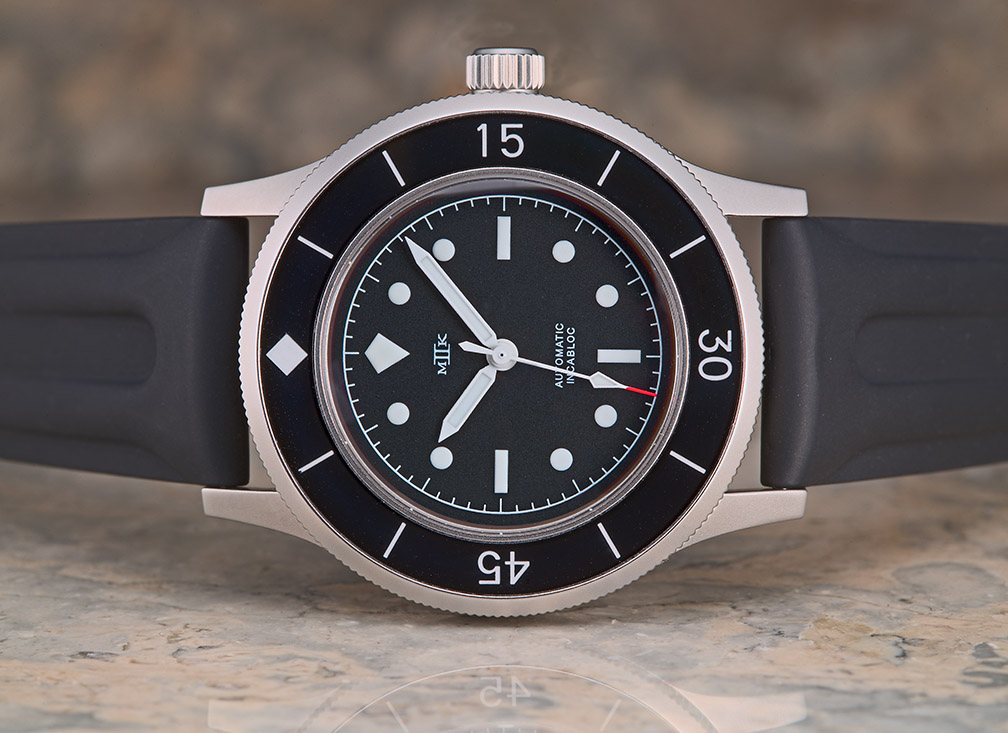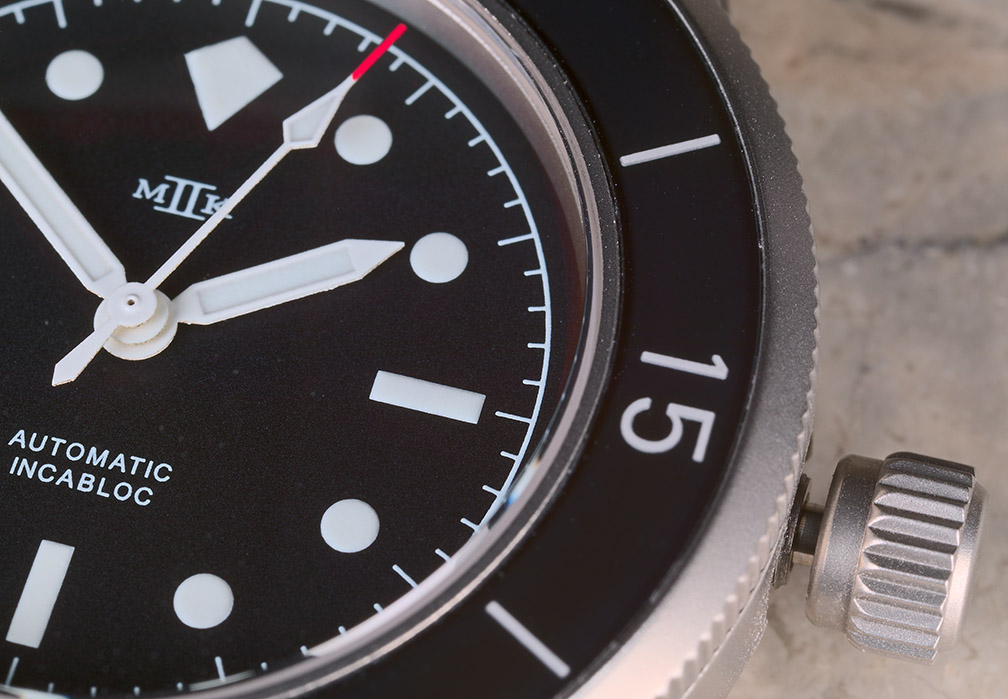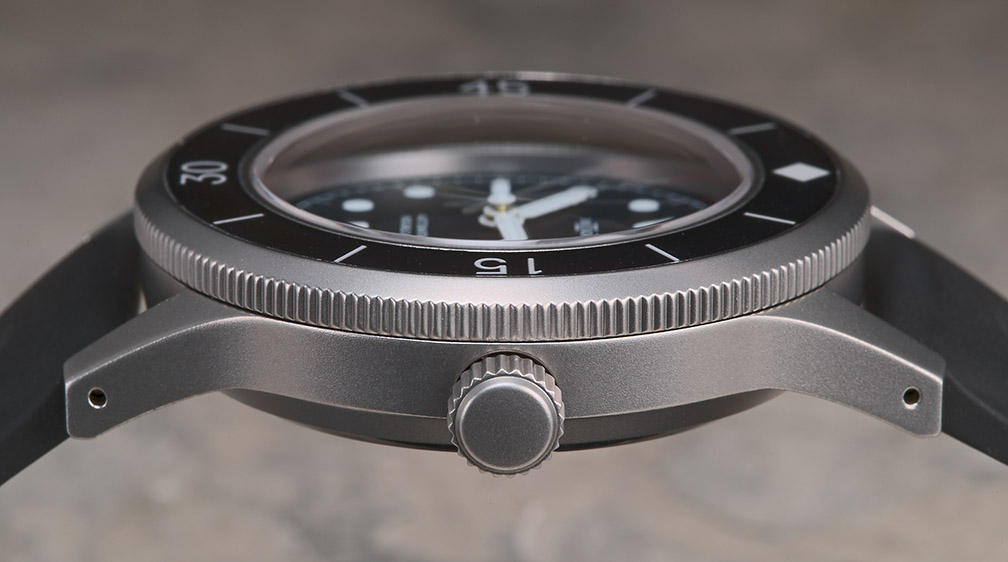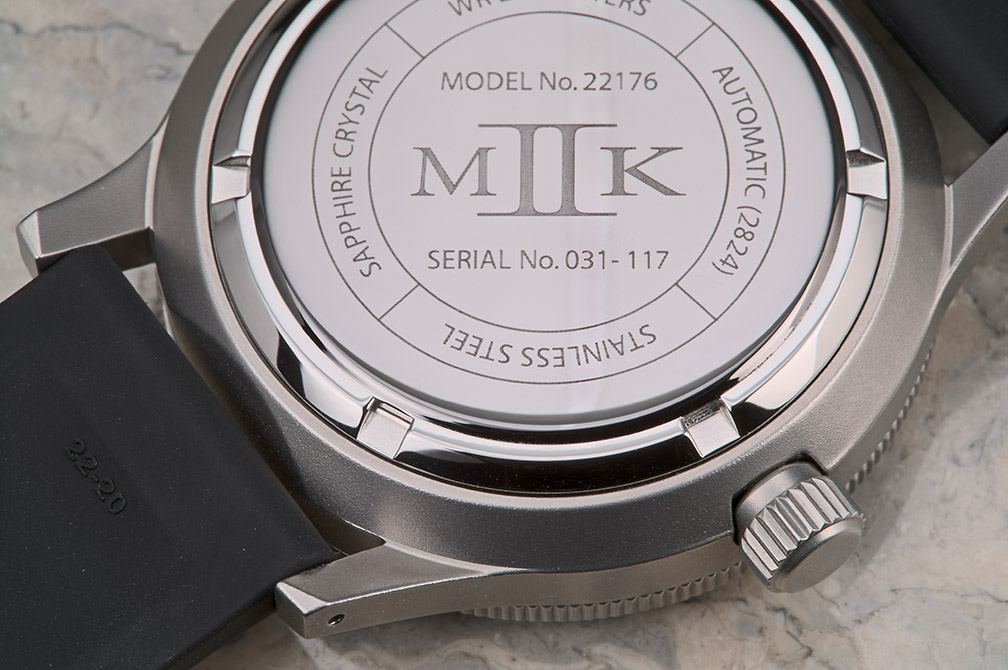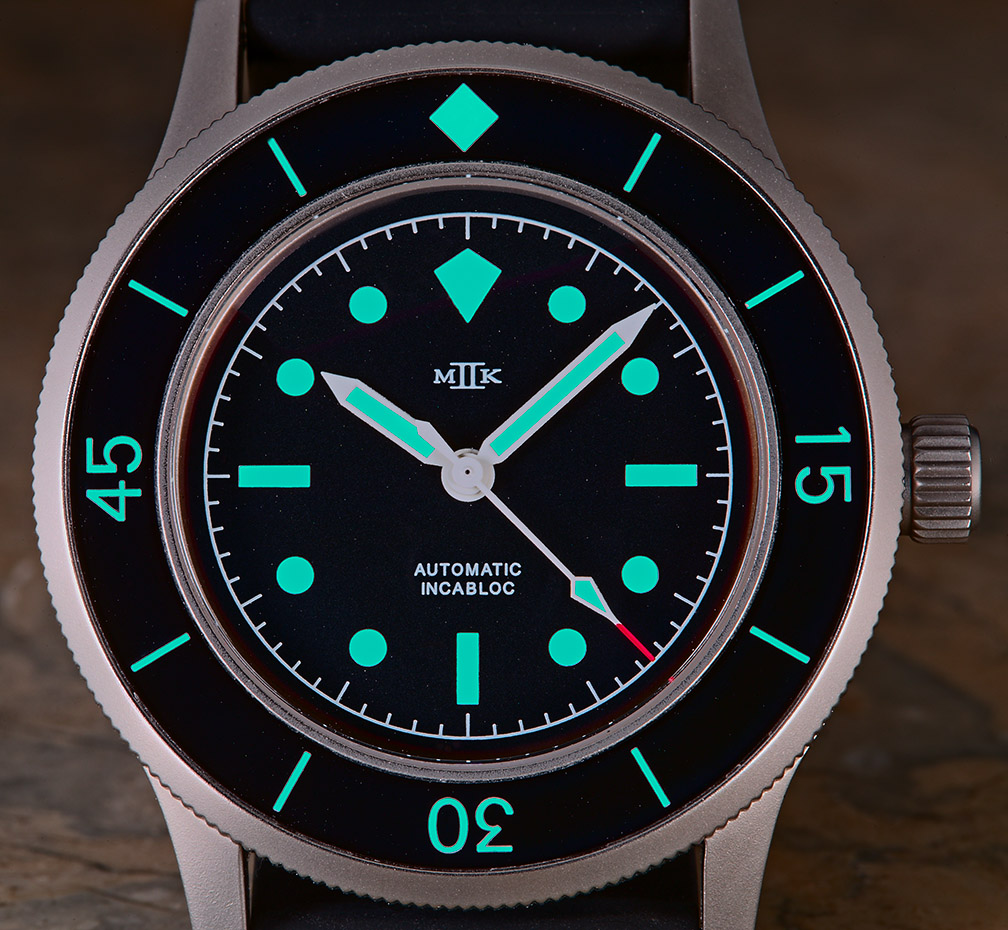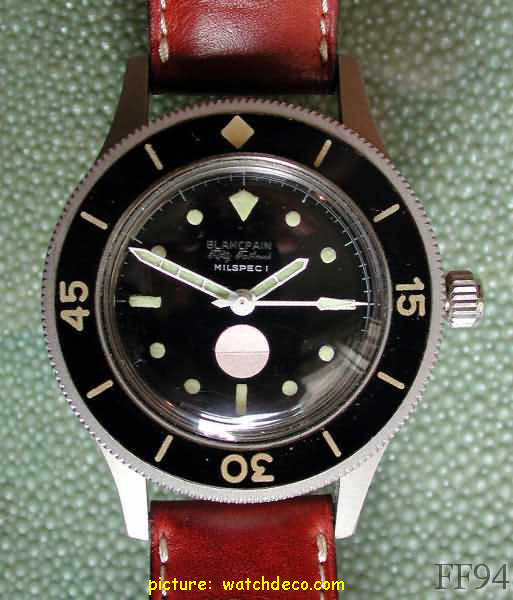Over the last century watches have moved from pocket to wrist, evolving from expensive tool or luxury into everyday timekeeping accessory, and more recently into a combination of mechanical art, jewelry and historic touchstone. Along the journey many iconic watches have been created: the Cartier Tank, Patek Philippe Calatrava, JLC Reverso, Audemars Piguet Royal Oak, Panerai Radiomir, Lange 1, various Rolex designs, etc. These are watches whose designs seem just so right for their varied purposes that they serve as bases to all manner of revival and imitation, from simple continuous in-house production spanning decades (Calatrava, IWC Mark series) to phenomenally successful model reissues (Reverso) and company resurrections (Panerai). All are also regrettably subject to out-and-out fakery, bold illegal counterfeits lifting designs wholesale, right down to the trademarks.Sometimes a company will reach into its past and pluck a watch which, regardless of its initial success, has become an admired design, often collectable and prohibitively expensive, and reissue it with a freshened look and contemporary amenities such as a sapphire crystal and sophisticated case, and for sports watches, modern and effective shock and water resistance. JLC is in the midst of just such a project with their beautiful Polaris dive watch of the 1960s, while their corporate stablemate IWC is soon to present a full half-dozen watches based on historical designs. Also among sports and dive watches, Breitling has recently reissued their Superocean (1957-), and Blancpain their Fifty Fathoms, one of the original dive watches, commissioned in 1953.
The case of Blancpain and its Fifty Fathoms has several interesting aspects:
-- The entire Blancpain company is itself a revival, having been totally dormant for a large part of the 1970s and 80s.
-- While the current FF is a beautiful updating of the original, Blancpain has for many years applied the FF name to any number of (perhaps worthy, but) entirely unsuitable watches.
-- Rather uniquely, the original FF was not so much a model of watch but an entity in itself, with production spanning three decades, more than one corporate presence, and literally dozens of design variations, encompassing several distinct movements, cases and bezels, as well as dials, hands, etc.! Thus the original Fifty Fathoms carries a history far broader than any simple Blancpain model, generating interest amongst several additional collector communities (military, diving, sports).
More information about the original Blancpain Fifty Fathoms can be found at Dr. Strong's Fifty Fathoms website and Watchdeco, as well as my illustrated article:
Maker of the present watch, the Mark II company is located in horologically significant southeast Pennsylvania (home to Hamilton watches, the NAWCC museum and school, the Rolex Technicum and RGM watches) and is run by enthusiast Bill Yao. For several years Mr. Yao has served the community by providing unique customizations of stock watches (mostly built around high-quality but inexpensive bases, such as Seiko). More recently he has begun to design and assemble watches from proprietary and stock Swiss components, with the common theme being a respectful homage to highly-regarded historical sports watches, modernized and priced to encourage daily use as was intended (but is no longer practical) for the originals.
The Stingray models are based on a subset of the earlier Fifty Fathoms, those with the most popular and contemporarily-sized 41mm case. Within the original FFs there are at least a few dozen issues featuring these cases, with variations in bezel, hands, dial markings and function. Besides a few stock models, Mark II also allows each customer to build his watch to personal specifications, and while there are probably as many possible Stingrays as there were FFs, many of which visually overlap, there are at least as many which do not mirror an original but which still would make a handsome watch.
Although I loved the look of my own Fifty Fathoms, I had no desire to duplicate it with the Stingray, instead I wanted a watch which was simple and functional, with enough of my favorite FF features to provide that link to the historical model. I chose a basic "Bund" no-date dial and hands, along with a red-tipped seconds-hand and middle-of-the-road elapsed time bezel. Note that each these features has appeared on An original FF, just not necessarily together:

